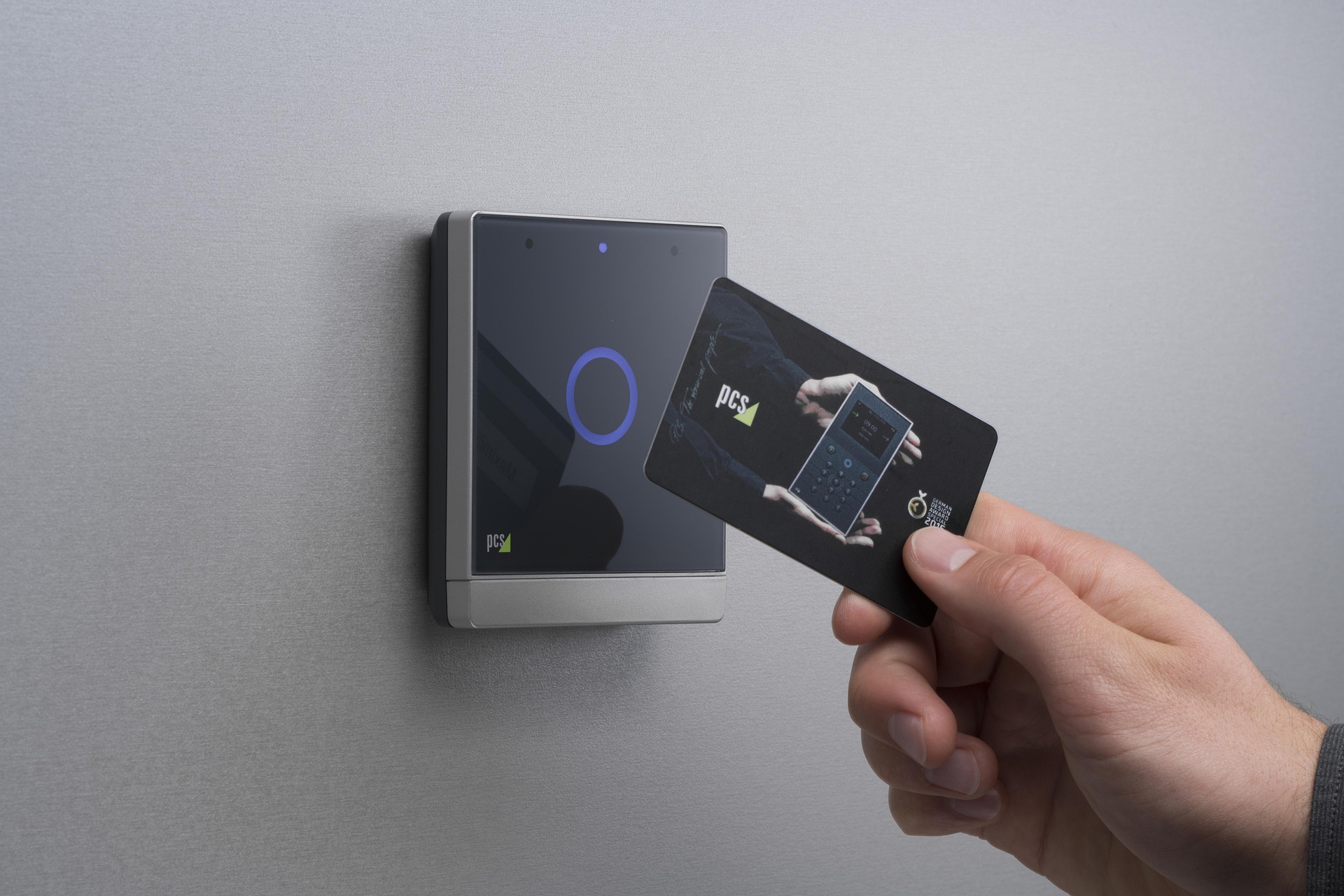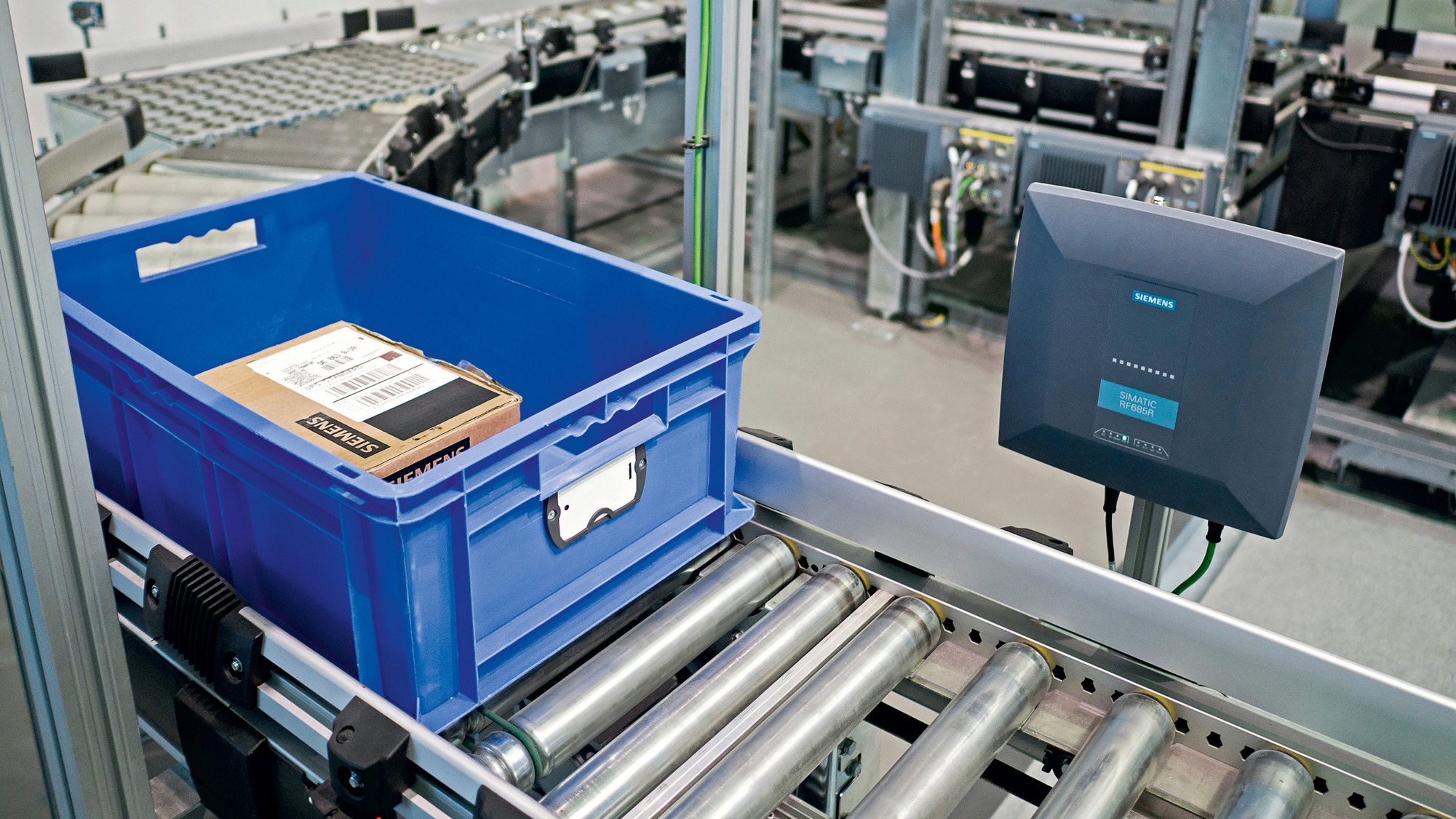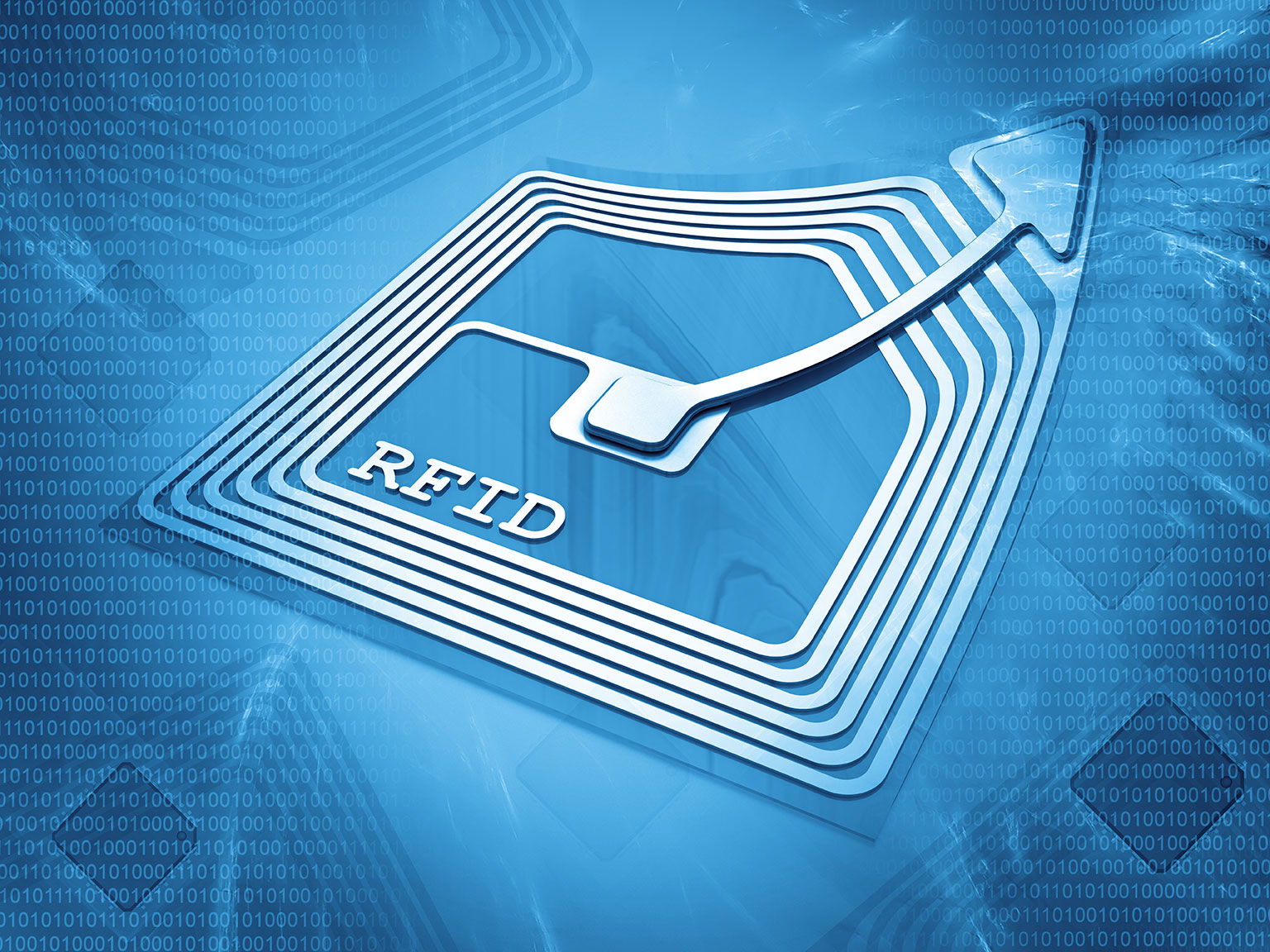Design analysis of RFID smart car anti-theft circuit
Aiming at the problems that the existing car access control system and tire pressure monitoring system are independent of each other, hardware redundancy and high production cost, a design scheme of car security anti-theft system based on radio frequency identification technology is proposed. In terms of radio frequency communication, the system uses the combination of 434 MHz UHF frequency band and 125 kHz LF frequency band to realize the functions of system tire pressure monitoring, remote control door lock and engine anti-theft lock.
Automobile security and anti-theft system based on RFID technology
Radio Frequency Identification (RFID) is a non-contact automatic identification technology. The car security and anti-theft system adopts radio frequency identification technology to automatically identify the target object and obtain relevant data through radio frequency signals. RFID technology uses radio frequency transmission, which can read chip data through external materials and realize non-contact operation. Communication data uses encryption algorithm to encrypt data to realize safe data storage, management and communication. With the rapid development of electronic technology and the improvement of the integration of electronic chips, the cost of RFID systems is also continuously reduced, which accelerates the promotion and application of intelligence in the automotive electronics industry.
The smart car security and anti-theft system consists of a tire transmitter module, a remote key module and a base station module. For RFID systems, the size of the transceiver frequency determines the identification distance of the radio frequency identification system, the difficulty of circuit implementation and the cost of hardware design. In the anti-theft design of automobiles, low-frequency (LF) frequency bands such as 125 kHz are used for the identification of automobile engine anti-theft systems with short distances, low speeds, and less data volume requirements; ultra-high frequency (UHF) frequency bands such as 434 MHz are used for long-distance Identification of distance radio frequency communication systems (car tire pressure monitoring systems and remote keyless entry systems).
1. System composition
The overall structure of the system is shown in Figure 1. The system consists of a tire module, a key module and a base station module.

2. System hardware design and implementation
tire module circuit
The tire module is composed of the data acquisition and transmission circuit of the tire state, as shown in Figure 2.

The tire module circuit adopts the intelligent embedded sensor MPXY8300 of FREESCALE. This series of sensors integrates the company’s low-power S08 core, contains 512 bytes of RAM and 16 KB Flash, and also integrates low-power capacitive pressure, temperature Transducer and single-channel low-frequency input interface. Its RF transmission supports two carrier frequencies of 315 MHz and 434 MHz, and can be programmed to configure the register as amplitude shift keying (ASK) or frequency shift keying (FSK) modulation. It also integrates the charge pump function, when the battery voltage is low, it can increase the power supply voltage of the RF transmitter, so that it can still reach a certain RF transmitter intensity.
The MPXY8300 is a system-on-chip (SOC) that integrates a pressure temperature sensor, an 8-bit microcontroller (MCU), an RF transmitter, and a dual-axis (XY) accelerator all on one chip. MPXY8300 pressure measurement range: 100~800 kPa for cars, 100~1 400 kPa for trucks, temperature measurement range: -40~125 ℃.
Key module circuit
The key module chip adopts PCF7961 produced by NXP Company.
PCF7961 is a reduced instruction set (RISC) processor based on low-power 8-bit MRKII architecture, which integrates UHF transmitter and LF frequency transceiver chips. This chip can complete radio frequency transmission and transponder low-frequency communication authentication, and is suitable for remote control anti-theft devices of motor vehicles. It adopts a fast mutual authentication algorithm, uses random numbers, keys and passwords, and has the characteristics of high sensitivity (long distance) and short authentication time (39 ms).
PCF7961 also provides a 32-bit identification code (ID) that has been solidified at the factory. Figure 3 is the schematic circuit diagram of the key module.

Base station module circuit
The base station module is mainly composed of radio frequency receiving circuit, low frequency transceiver circuit, main control chip MCU, LIN interface and man-machine interface. The RF receiving circuit adopts the UHF RF receiving chip MC33596 of FREESCALE Company. After signal demodulation and data Manchester decoding are completed, the data is transmitted to the base station main control chip MC9S08DZ60 for data processing (RKE data decryption) and instruction execution.
The low-frequency transceiver adopts PJF7992 produced by NXP Company. PJF7992 integrates all necessary functions to facilitate reading and writing of the transponder. The base station microprocessor controls the communication between PJF7992 and the transponder through the LIN serial interface of PJF7992.
The main control chip of the base station adopts MC9S08DZ60 produced by F RE E SC A L E company, which can configure and communicate the parameters of the radio frequency receiving chip MC33596 through the SPI serial bus. MC9S08DZ60 integrates two SCI (LIN) modules, which can realize the control of the low-frequency transceiver chip PJF7992 through one LIN bus, and the other LIN bus can transmit commands to the engine electronic control unit (ECU) and door control related actuators. Adding the LIN bus interface to the car security and anti-theft system can enable the system to share data and control information with other electronic control systems inside the car, greatly improving the security and flexibility of the system.








